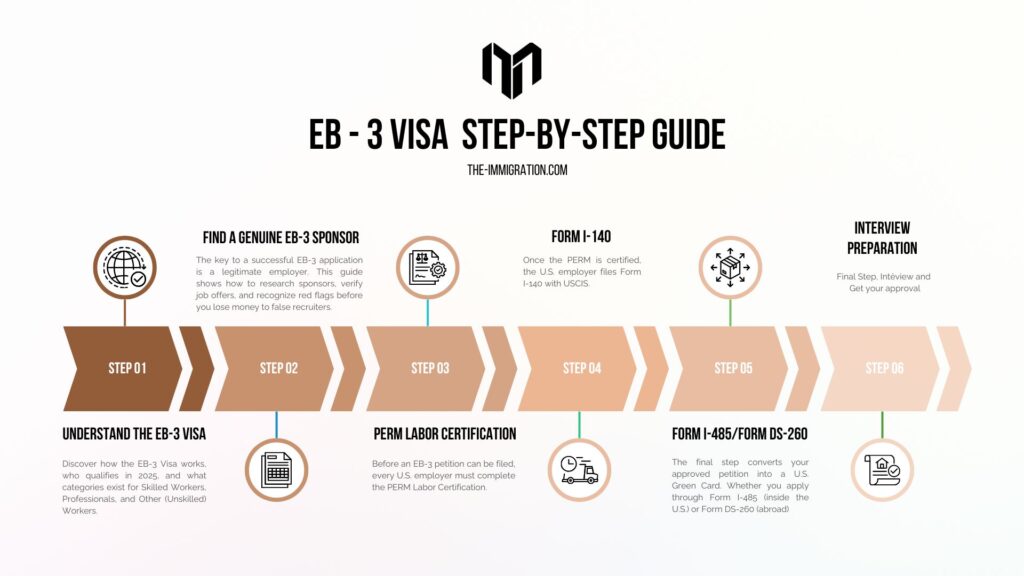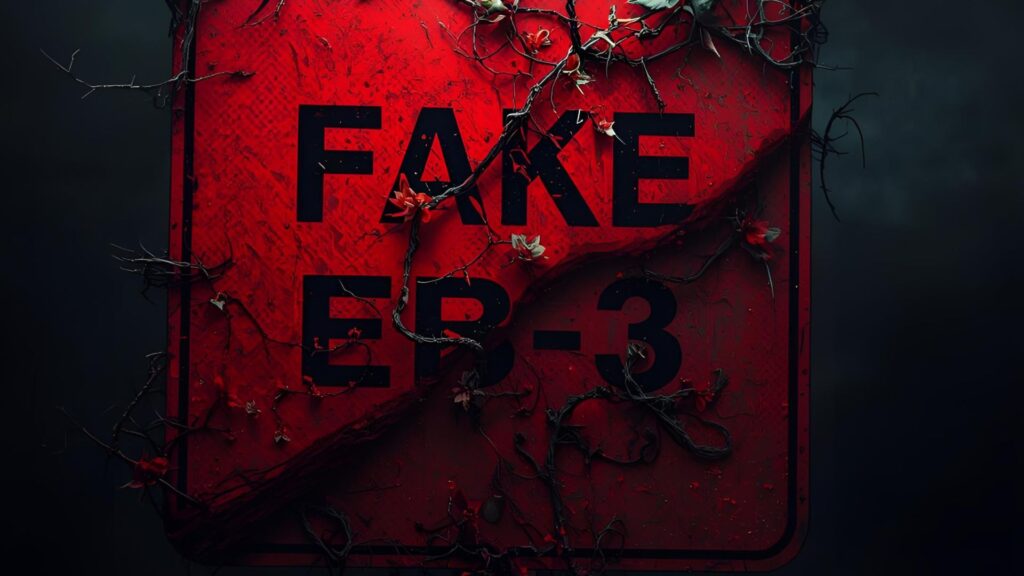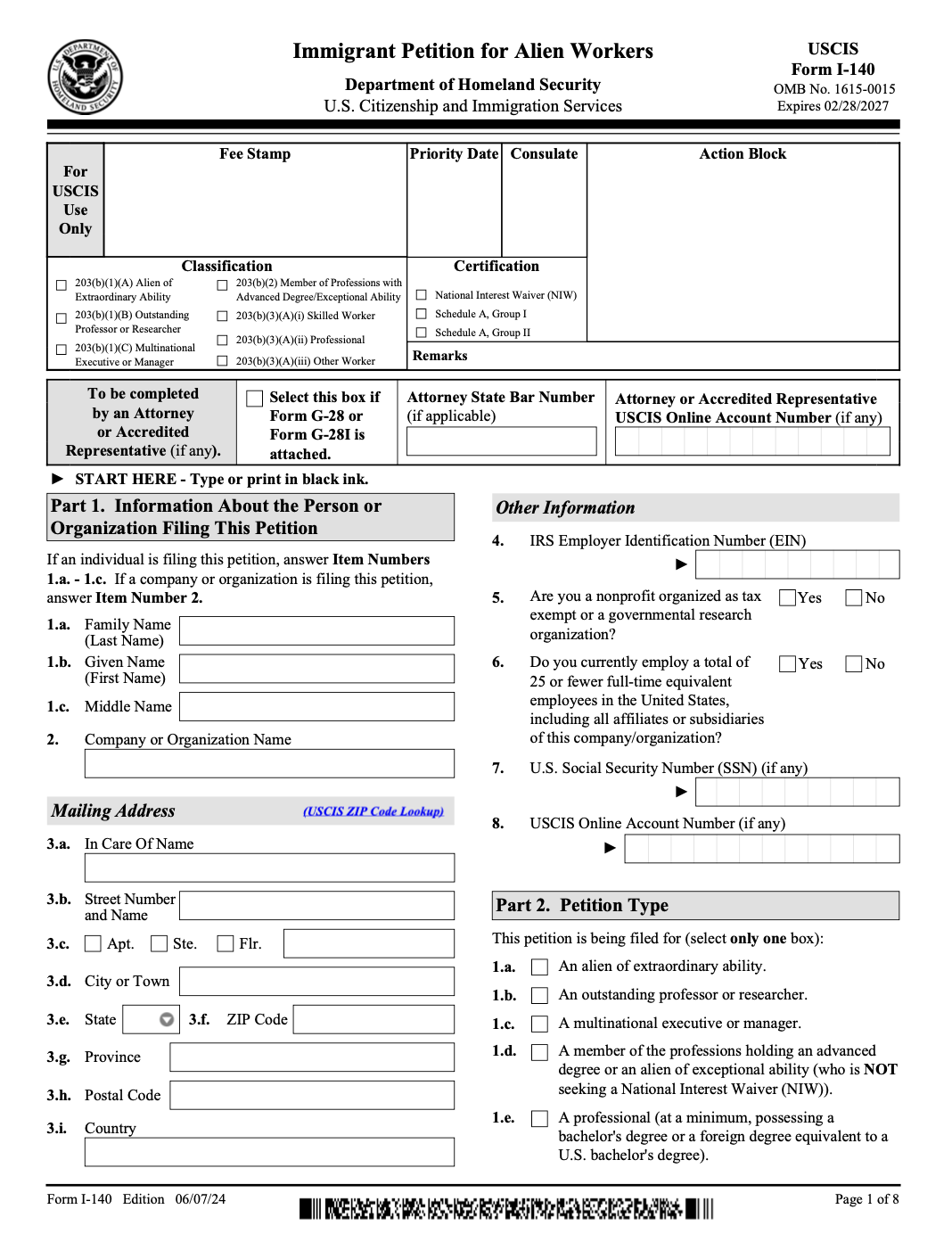The EB-3 Visa Tutorial Series 2025: How to Get a U.S. Green Card by Yourself and Save Thousands
If you missed Step 1: “Understand the EB-3 Visa and Who Can Qualify,” we recommend reading it first. That section explains the EB-3 program’s categories and eligibility under the Immigration and Nationality Act (INA), forming the foundation for everything that follows in your Green Card journey.
Once you grasp the basics, your next critical milestone is finding a legitimate U.S. employer willing to sponsor your petition. This single step determines the success or failure of your EB-3 case—and unfortunately, it’s also where many hopeful applicants lose thousands of dollars to fraud.
Each year, many foreign workers lose between USD 10,000 and 20,000 to unauthorized recruiters promising “guaranteed sponsorship.” Yet no U.S. employer can legally sell or charge for EB-3 sponsorship. Under 8 C.F.R. § 204.5(l) and 20 C.F.R. § 656.12(b), the labor certification and petition must be initiated and paid by the employer, not the worker.
This guide by The Immigration Magazine provides verified methods to identify legitimate sponsors, verify job offers, and avoid scams. Helping you move confidently toward your U.S. Green Card without financial loss.

The EB-3 Visa opens a direct path to permanent U.S. residency through employment.
Understanding What “Sponsorship” Means Under U.S. Law
A valid EB-3 sponsor is a bona fide U.S. employer offering a full-time, permanent job and agreeing to file the necessary immigration paperwork. This includes:
-
Filing a PERM Labor Certification with the U.S. Department of Labor (DOL) under 20 C.F.R. § 656.10.
-
Submitting Form I-140 (Immigrant Petition for Alien Worker) to U.S. Citizenship and Immigration Services (USCIS) under INA § 203(b)(3).
-
Proving the ability to pay the prevailing wage as required by DOL regulations from the date the labor certification is filed.
Only the employer can initiate this process. Third parties, agents, or consultants are not authorized to sell or “arrange” EB-3 job sponsorships. Any demand for payment for a “job offer” is a clear legal violation.

Verify your employer before applying for the EB-3 Green Card.
How to Identify a Genuine EB-3 Sponsor
Finding a real sponsor requires due diligence and verification. Below are industry-standard checks used by immigration attorneys and compliance officers.
1. Research the Employer’s Background
Every lawful U.S. company leaves a verifiable trace.
-
Check the official website and LinkedIn company page.
-
Verify business registration via the state business registry or Better Business Bureau (BBB).
-
Confirm legitimate staff, addresses, and contact details.
-
Review feedback on Glassdoor or Indeed to ensure genuine operations.
2. Confirm the Job Offer
A lawful EB-3 job offer must be:
-
Full-time and permanent, not temporary or contract-based.
-
Clearly described, with duties, wages, and qualification requirements.
-
Signed on official company letterhead by an authorized officer.
Vague offers, missing contact information, or unsigned letters are red flags.
3. Ask Direct Legal Questions
Legitimate employers will answer transparently. You may ask:
-
Have you previously sponsored EB-3 or other employment-based visas?
-
Who manages your immigration filings—an HR officer or a licensed attorney?
-
What is the offered wage, and does it meet DOL’s prevailing wage requirements?
-
Who pays for PERM and I-140 filing fees? (Under U.S. law, the employer must pay.)
Avoid any employer or intermediary that evades these questions or requests money.
4. Verify Through Public Databases
You can confirm company filings by checking:
-
DOL’s Foreign Labor Certification Data Center (flcdatacenter.com) for PERM records.
-
USCIS Case Status Portal for I-140 petition histories.
Employers with prior filings usually have legitimate experience with immigration compliance.
5. Use Reputable Job Channels
Search for roles through credible sources:
-
Official company career portals.
-
Verified platforms like Indeed, LinkedIn Jobs, or Glassdoor.
-
U.S. Chambers of Commerce or government-endorsed job fairs.
-
Registered agencies licensed by the U.S. Department of Labor.
Avoid anonymous Telegram, WhatsApp, or Facebook groups that advertise “visa guaranteed” jobs.

Thousands lose money each year to fake EB-3 “sponsorship” offers.
Red Flags of Fake EB-3 Offers
Watch for these common fraud patterns:
-
Requests for payment for job placement or “sponsorship.”
-
Emails from non-corporate domains (e.g., Gmail or Yahoo).
-
Unrealistically low salaries or no wage stated.
-
Promises of guaranteed Green Card approval.
-
No U.S. address or business registration record.
Under 20 C.F.R. § 656.12(b), employers—not workers—must bear all PERM and I-140 costs.

Real employers never sell Green Card sponsorships.
Legal and Ethical Ways to Connect with Sponsors
Employer-Direct Applications
Apply directly to verified companies recruiting foreign talent. Highlight your experience, certifications, and credentials.
Professional Referrals
Personal recommendations through former colleagues, professors, or international alumni networks often lead to legitimate sponsorships.
Licensed Immigration Attorneys
If you need guidance, confirm attorney credentials via:
-
American Immigration Lawyers Association (AILA.org)
-
U.S. Department of Justice Recognition and Accreditation Program
Only these professionals are legally authorized to provide immigration representation.
The Cost of Falling for Scams
Victims of EB-3 fraud often lose thousands and face long-term immigration consequences. Submitting falsified job documents can result in visa refusal or a permanent entry bar under INA § 212(a)(6)(C) (fraud or misrepresentation).
If you suspect fraud, report it to:
-
Federal Trade Commission (ReportFraud.ftc.gov)
-
U.S. Department of Labor – Office of Inspector General
-
Fraud Unit of the nearest U.S. Embassy or Consulate
Keep all correspondence, receipts, and evidence for authorities.
Expert Insight
Legal experts interviewed by The Immigration Magazine confirm that EB-3 sponsorship is lawful only when initiated and filed by a legitimate employer. Every petition, from PERM to I-140, can be verified publicly, making the process transparent and trackable.
Applicants who perform their own verifications reduce risks dramatically. Knowledge and legal awareness remain the strongest defenses against fraud.
Conclusion
Identifying a real EB-3 sponsor is the cornerstone of your immigration success. Authentic employers do not sell job offers or request personal payments. They comply with U.S. Department of Labor and USCIS regulations, using only official channels for communication.
By conducting thorough due diligence and following verified procedures, you can secure lawful sponsorship, protect your finances, and continue your Green Card journey confidently.
Continue Reading
Step 3: Navigating the PERM Labor Certification Process
The next chapter of our EB-3 Visa Series is now live. The Immigration Magazine takes you inside the PERM review system of the U.S. Department of Labor, explaining how employer applications are evaluated, why certain cases are selected for audit, and what strategies can help ensure your petition moves forward efficiently.
→ Read Step 3: Navigating the PERM Labor Certification Process
If you found this series useful, follow The Immigration Magazine for free EB-3 resources, legal insights, and interviews with immigration experts. We regularly publish updates on policy changes, success stories, and practical how-to guides for global residency and citizenship programs.
Follow us for more and connect with us on LinkedIn/ Facebook for weekly immigration news.









